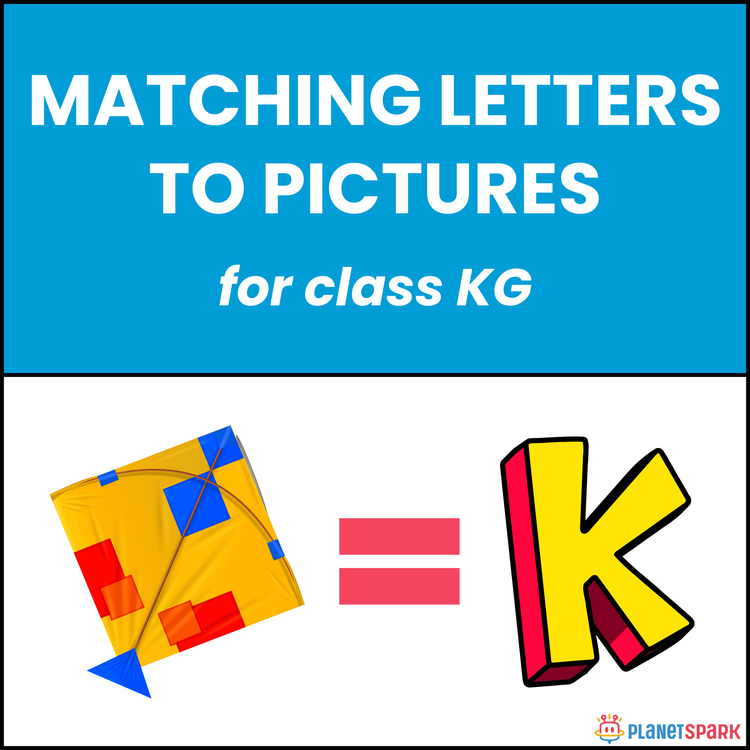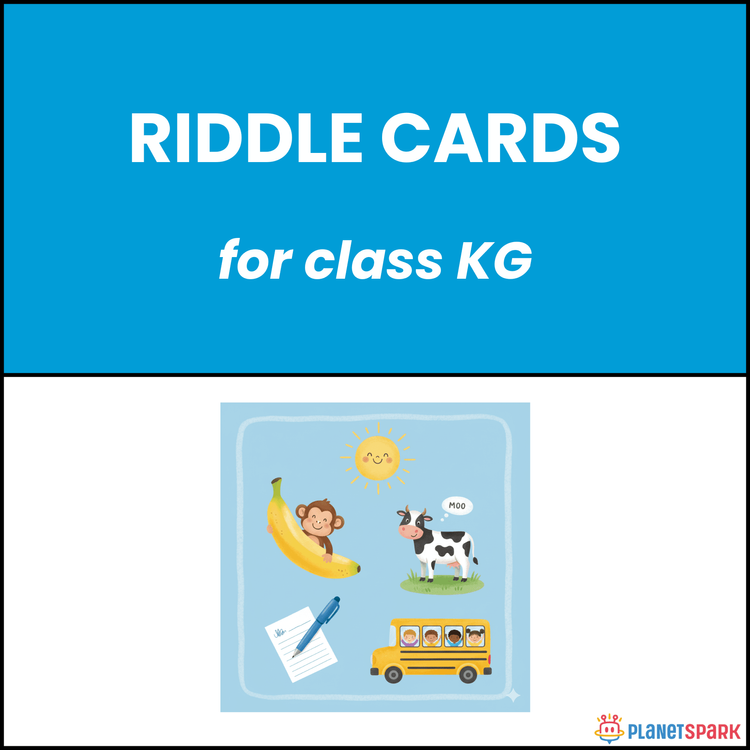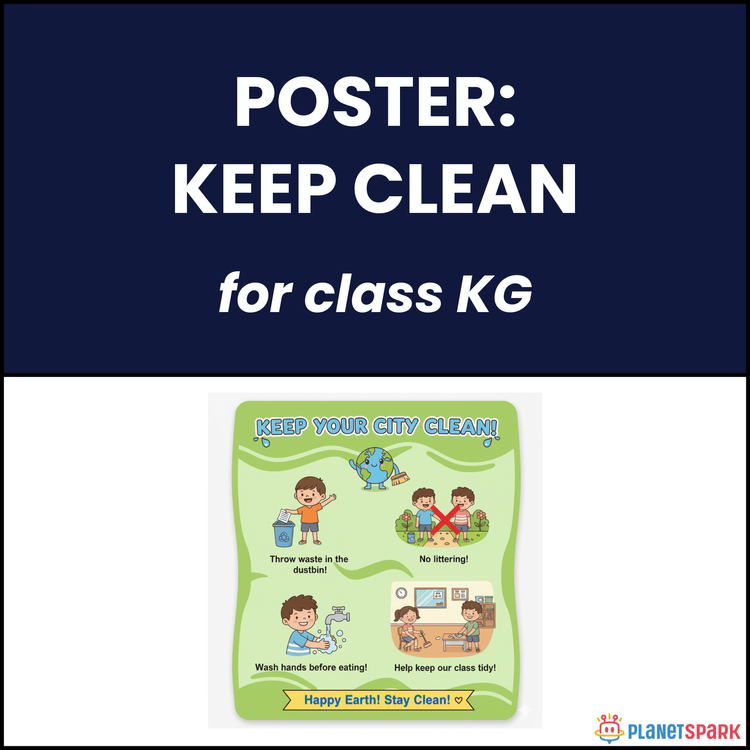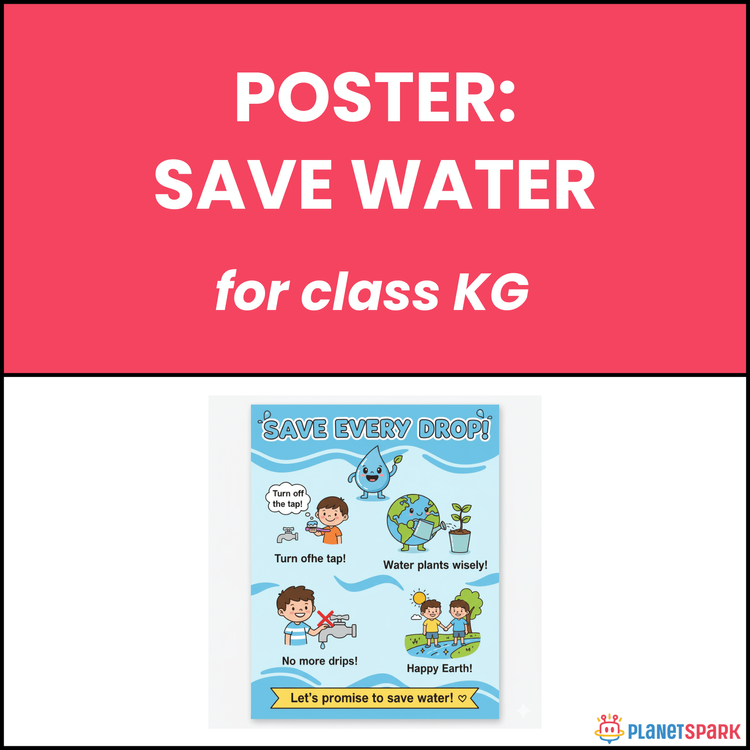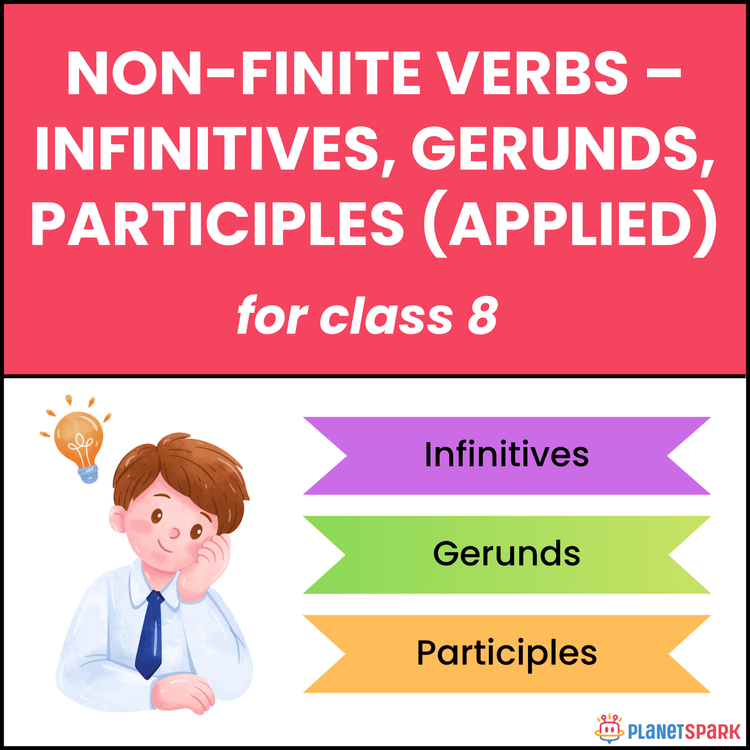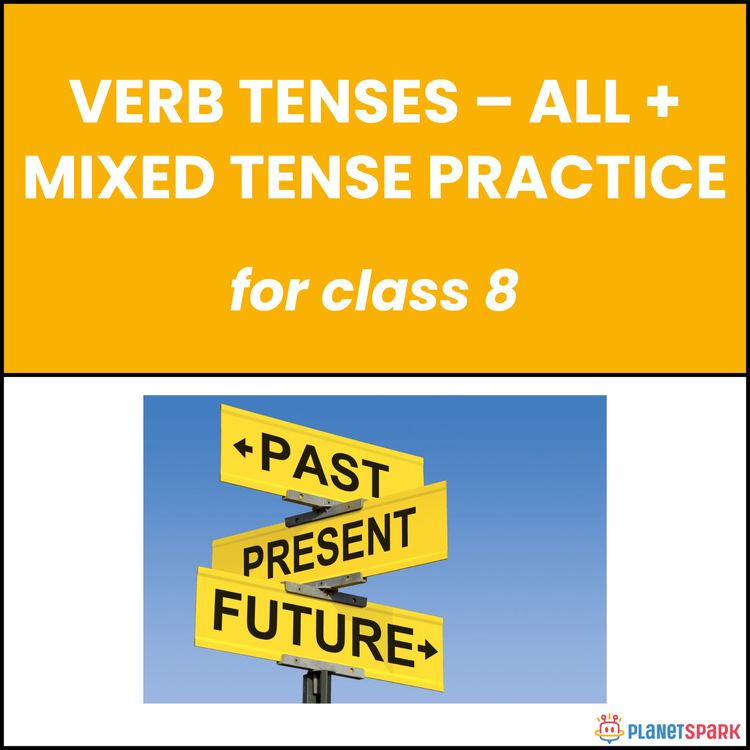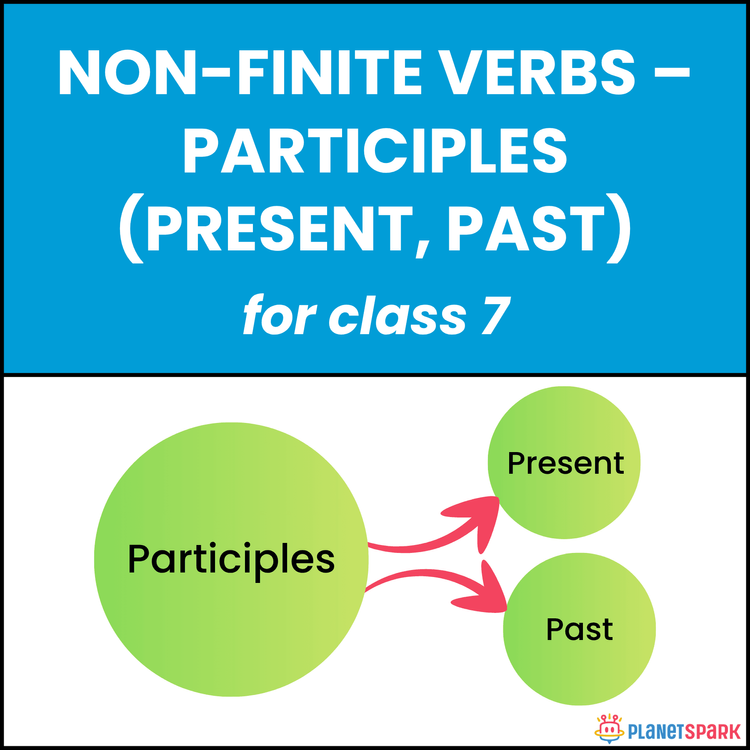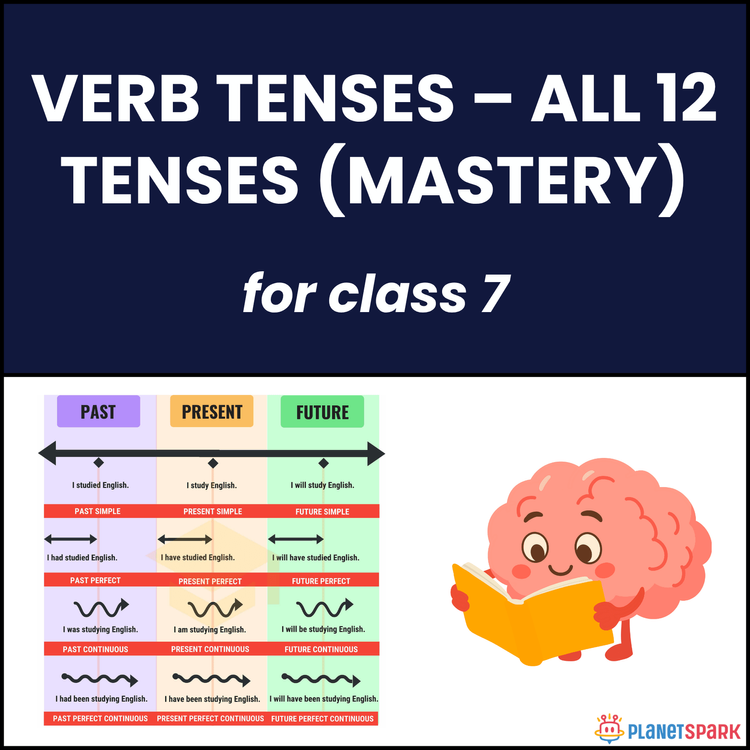Class KG Shopping List Activity
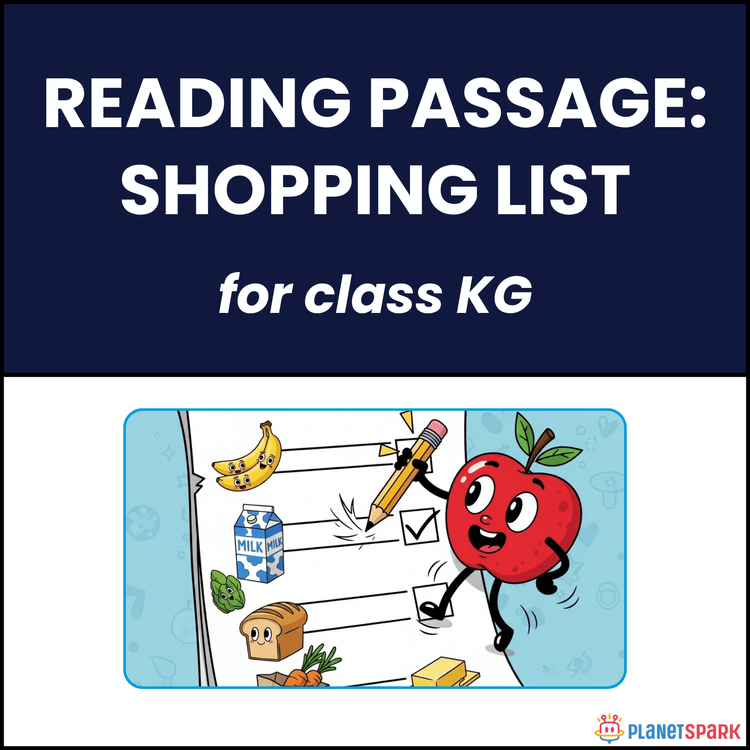

Class KG Shopping List Activity
Smart Shopper: Reading Passage “Shopping List” for Class KG
This Kindergarten worksheet features a simple shopping list passage that introduces children to everyday reading and organization skills. The passage describes a family’s list for the market — buying milk, bread, apples, bananas, mangoes, rice, sugar, eggs, and tea. It teaches children how lists help us remember things and make shopping fun and easy.
Why Reading Passages Matter in Grammar?
Reading passages help children:
1. Recognize and name common grocery items.
2. Understand everyday text forms like lists and notes.
3. Build vocabulary related to food, family, and home routines.
4. Learn the purpose of short, factual writing.
What’s Inside This Worksheet?
This worksheet includes one real-life themed passage and 10 easy multiple-choice comprehension questions:
🧠 Reading Passage
A short description of a family shopping list that helps children connect reading with daily experiences at home and in stores.
✏️ Exercise – Multiple Choice Questions
Students answer what items are on the list, who asked for tea, what the list helps with, and what type of passage it is.
✅ Answer Key (For Parents & Educators)
1. D
2. D
3. C
4. A
5. D
6. C
7. A
8. B
9. C
10. A
Turn everyday reading into learning fun — this KG “Shopping List” worksheet builds early comprehension and real-world vocabulary!
Frequently Asked Questions
They teach children to list items clearly with correct spelling.
Vocabulary, categorization, and simple sentence writing.
They connect language with everyday experiences children understand.
